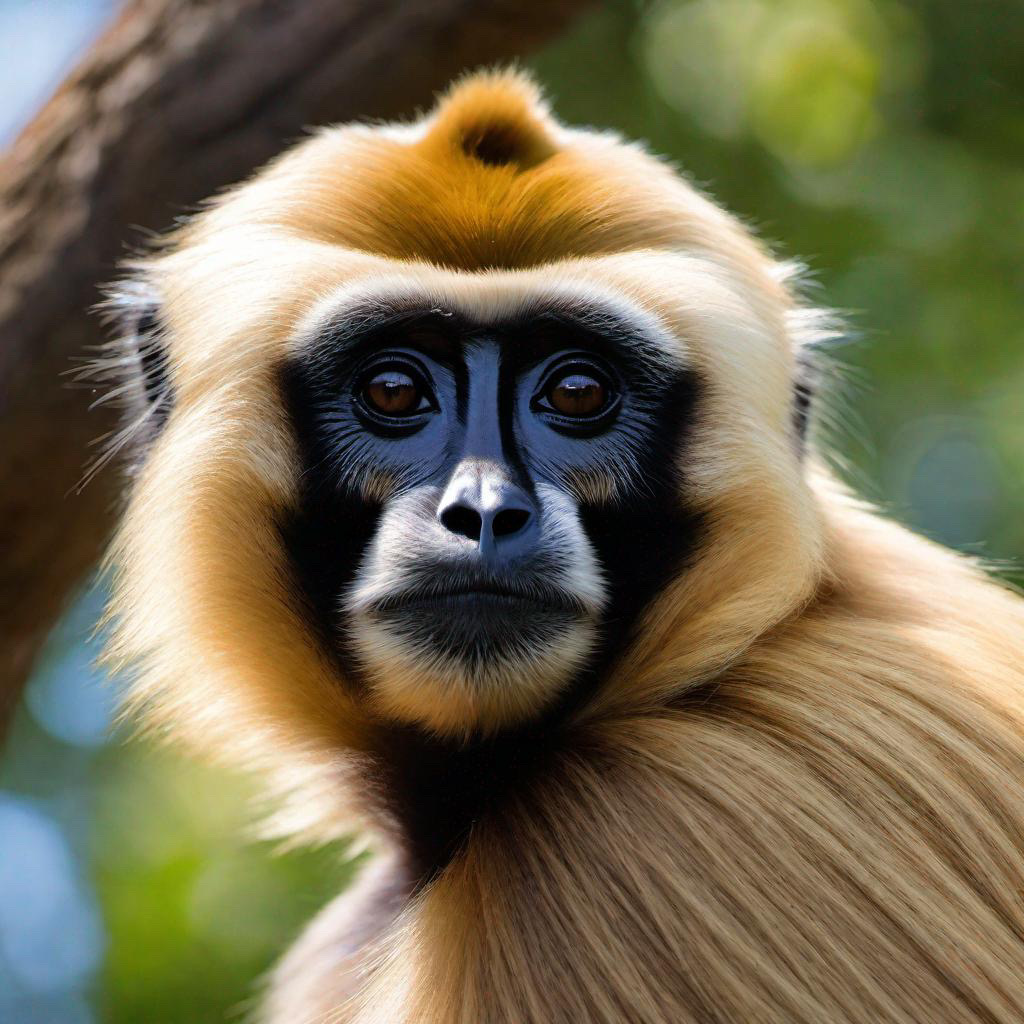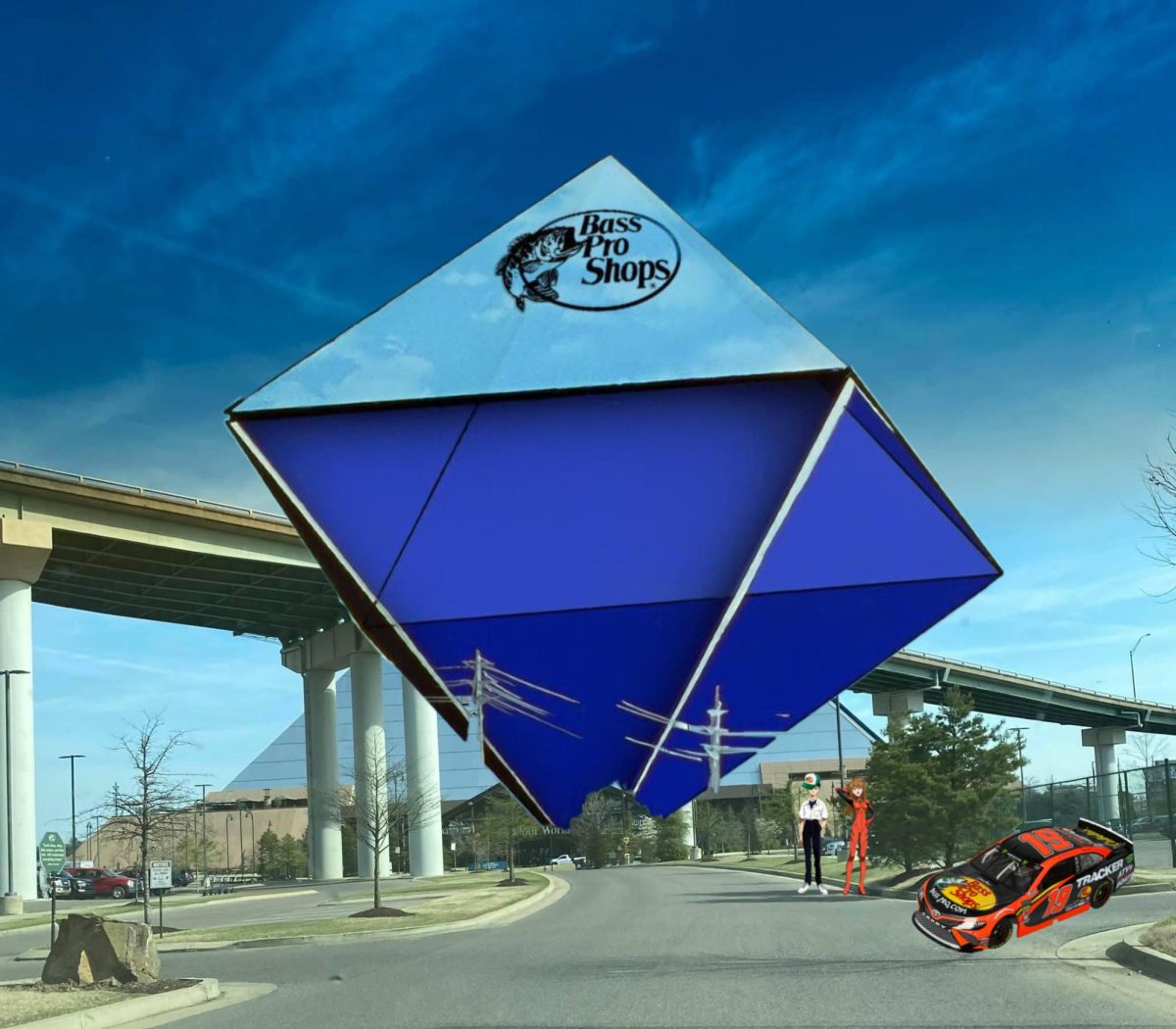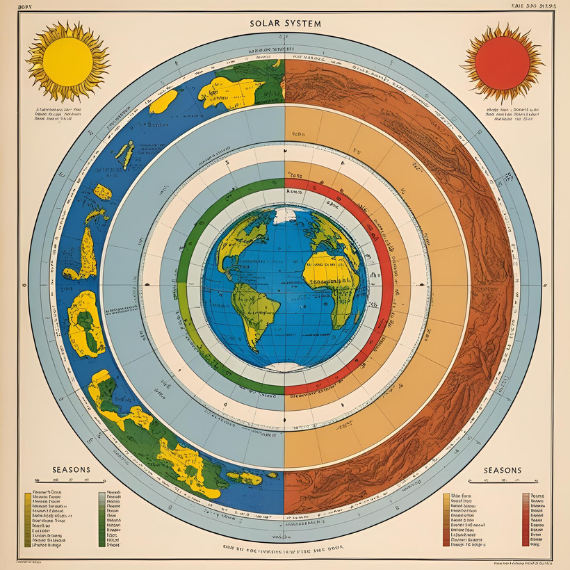Western hoolock gibbons, also called white-brow gibbons, are an endangered species. They live in dense forests in India, Bangladesh, and Myanmar. They are the only apes that live in the Indian subcontinent. Habitat loss threatens them; 70% of their forest is already gone.
Western hoolock gibbons have a lifespan of up to 35 years in the wild and up to 60 years in captivity. Male hoolock gibbons have black fur; female gibbons have a whitish color with dark hair on their chest and neck. They have elongated torsos and arms. Their feet and hands are thin and long; their finger flexors help the gibbons grasp onto branches. Their finger flexors work as if they had hooks; this allows them to hang on branches without using much energy.
In most areas, their home range varies from 19 to 155 acres; some gibbons in northeastern India have a home range of 490 to 980 acres. Due to deforestation, many find themselves isolated in “deteriorated forest patches.” This isolation prevents them from going to different parts of the land, leaving them with fewer opportunities for food and mating.
Hoolock gibbons live in family groups of up to six individuals. They leave their sleeping sites in the early morning and forage in the valley below. Gibbons travel an average of half a mile because they swing from branches at speeds that can reach 12 mph. Swinging isn’t their only way of getting around, as they can also walk on two legs with arms extended.
They perform their songs for up to 20 minutes after feeding. They do this because gibbons communicate with other groups through song. Speaking through song is how gibbons attract mates and warn others that their territory is off-limits. Duets between the male and female are most likely to announce that they are a pair. These duets always start with the female “great call,” to which the male responds. The songs start simple and get more complex as the song goes on.
Western Hoolock Gibbons are endangered and appear on IUCN’s Red List of Threatened Species. Their original habit covered about 100,000 square miles; it shrunk to 35,000 square miles in 1987. They were in all of the forested areas of northeastern India until the 1980s. Now, the species is mainly in the Namdapha National Park. The species has become extinct in eight locations in Bangladesh and ten in India. Due to habitat loss, the population of western hoolock gibbons has decreased and is expected to keep decreasing. Deforestation has affected the natural habitats, deep forests, of these gibbons and has forced them to move closer to the edges. Deforestation causes them to be close to human populations; this is dangerous as it creates the possibility of being captured or hunted.
Efforts are being taken to help bring awareness to the western hoolock gibbons. If you would like to know more about the conservation efforts being taken, visit New England Primate Conservancy.











